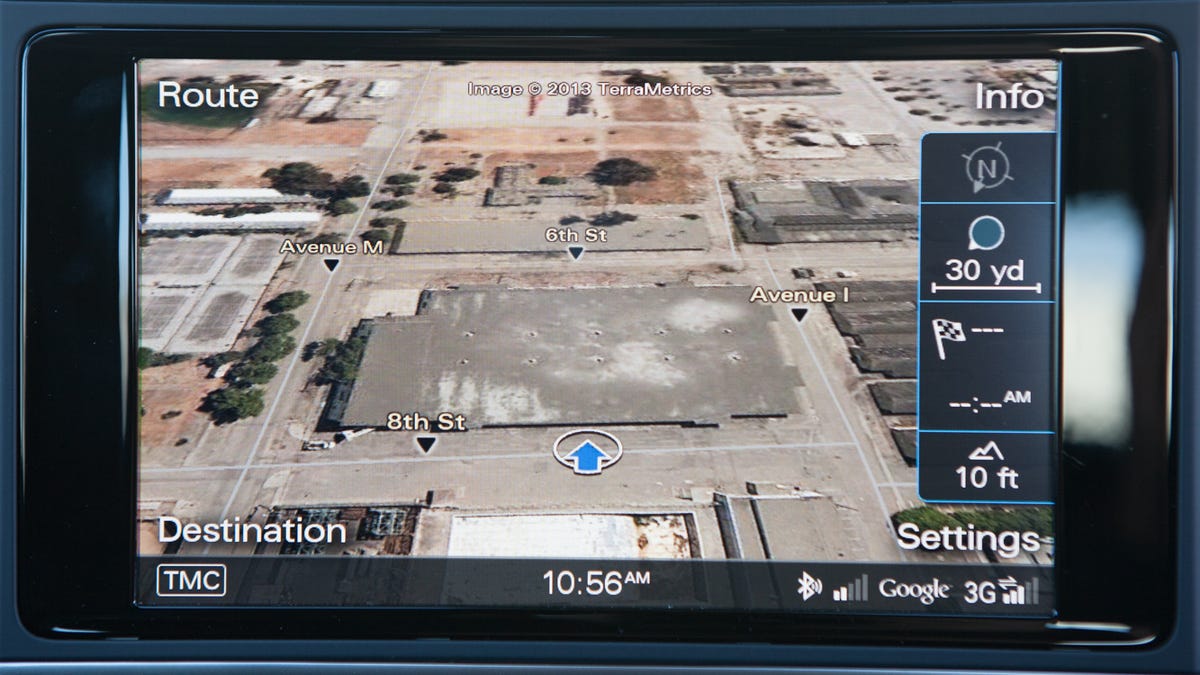NHTSA pulls back from driver distraction regulation
The National Highway Traffic Safety Administration released guidelines today for automakers to build nondistracting electronics into cars, but fell short of passing regulations.

Rather than write regulations, the National Highway Traffic Safety Administration (NHTSA) released finalized guidelines for automakers to build cabin electronics into vehicle that will not distract drivers. These guidelines come after a comment period on a draft release by NHTSA last year.
NHTSA included its responses to comments and the new guidelines in a 281 page PDF made available on its Web site.
In justification of the new guidelines, NHTSA revealed that a recent test of distracted driving it conducted showed that texting doubled the risk of a 'near-crash' over attentive driving. While the test found that manually operating a phone also increased the risk of a crash, NHTSA found no increased risk of crash when a driver engaged in a hands-free call.
NHTSA's statistics also show that undue attention may be placed on distracted driving caused by personal electronics. Of crashes reported between 2006 and 2010, 17 percent were caused by distracted drivers. However, an average of a little over 2 percent of that 17 percent were caused by distraction related to an in-car control, such as a radio or navigation system. And an average of less than 5 percent of that 17 percent were caused by distraction from a portable electronic device, typically a mobile phone.
In many ways, NHTSA revised its initial guidelines in response to automaker comments, clarifying or doing away with some particularly onerous or ridiculous measures.
The initial release, by proposing no dynamic images visible to the driver, seemed to prohibit the use of modern navigation systems. Responding to objections by manufacturers, NHTSA clarified that it did not intend to mean navigation systems should have static maps. The new guidelines state that maps should not include 'three-dimensional, photographic, full location scenery, and/or satellite images'.
Audi, Tesla, and BMW offer navigation systems that do show satellite imagery.
NHTSA justified its guidelines for less complicated map displays by citing a 1995 report on navigation systems by the Federal Highway Administration, apparently ignoring the great strides in technology made over the intervening years.
Another issue that arose from the draft guidelines was that cabin electronics, such as a stereo, should show no more than 30 characters on a text display, and that characters should not scroll. NHTSA based the 30-character restriction on guidelines from the Japan Automobile Manufacturers Association (JAMA).
Automakers pointed out in comments that the JAMA guideline was based on Kanji characters, an ideogramic language where a single character can represent an entire word. A Kanji sentence of thirty characters could translate to an English sentence of 120 characters.
NHTSA changed its recommendation to a general prohibition of text from "books, periodical publications, Web page content, social media content, text-based advertising and marketing, or text-based messages."
NHTSA intends to release two more sets of guidelines, considered Phase 2 and Phase 3 of its distracted driving recommendations. Phase 2 will cover portable electronic devices brought into vehicles, while Phase 3 will cover voice-recognition systems in vehicles.

